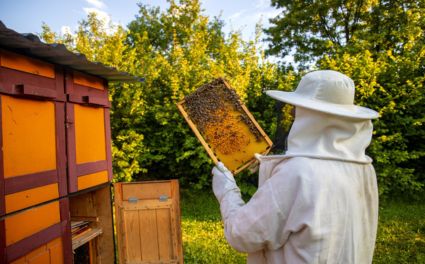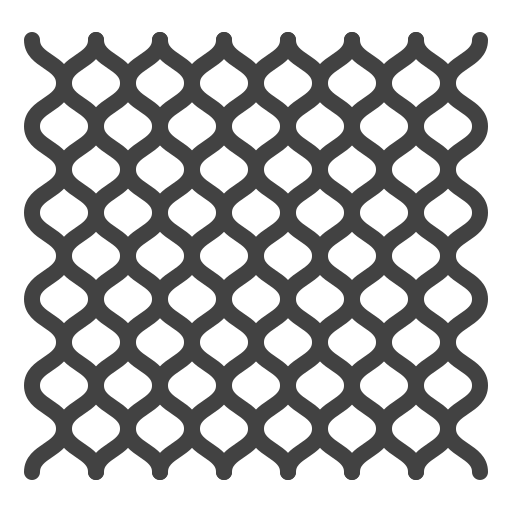Hummingbirds bring color and life to any garden, but bees can quickly take over their feeders. While honey bees and bumblebees are vital pollinators, they can crowd out hummingbirds trying to drink nectar. Maintaining a safe, bee-free feeder doesn’t mean harming bees—it means using smart placement, natural deterrents, and thoughtful design.
This guide explores practical, eco-friendly methods to balance both species, while linking to trusted resources and beekeeping equipment from reputable global brands like OZ Armour — known for advanced beekeeping jackets, beekeeping suits, and protective wear that support safe human-bee interaction.
1. Placement and Design Strategies
The first step to minimizing bee interference starts with where and how your feeders are placed.
Choose Shade and Airy Spots
Bees love warmth and sunlight, so positioning feeders in partial shade can naturally reduce bee visits. Hang the feeder where airflow keeps scents dispersed, ideally away from bee-attracting flowers or any nearby bee nest.
For homes that also practice beekeeping, ensuring your hives are distant from hummingbird feeders helps maintain balance between nectar collectors. You can learn more about hive placement and structure in How Do Bee Colonies Work?.

2. Feeder Designs That Deter Bees
Use Bee Guards and Trumpet-Shaped Ports
Modern feeder designs include bee guards—fine mesh barriers that allow hummingbirds’ long bills but block bees and wasps. Choose feeders with narrow or trumpet-shaped openings.
Avoid wide ports or shallow dishes where bees can easily access nectar. Pair these designs with bee deterrent tips from Learn Beekeeping to better understand bee behavior and attraction triggers.
Also read: Carpenter Bee vs Bumble Bee
3. Alternative Feeder Solutions
Sometimes traditional feeders are too open or leaky. Instead, try bee-proof innovations:
-
Feeders with vacuum-sealed reservoirs to control nectar flow.
-
Saucer-style feeders that position nectar below feeding holes—out of reach for bees.
-
Fine mesh screens or protective domes for physical separation.
A clever design keeps hummingbirds happy while discouraging bees. If you work with bees yourself, proper beekeeping gloves and beekeeping veils allow safe observation when experimenting with bee-friendly barriers.
4. Alternative Feeding Mechanisms
Using leak-proof, drip-resistant feeders makes a major difference. Sticky nectar spills quickly attract insects. Opt for gravity-fed systems that release nectar only when a hummingbird drinks.
Saucer feeders placed slightly higher and equipped with perches discourage bees and give hummingbirds exclusive access. These features prevent sugary residue that can lure honey bees and wasps.
Also read: Stinging Truth – Evaluating the Effectiveness of Bee Suits in Wasp Defense
Beekeepers often test protective wear to understand do bee suits protect from wasps—the same principles apply when choosing deterrent-proof feeders.
5. Natural Deterrents
Avoid chemicals that might harm pollinators. Instead, rely on natural repellents bees dislike but hummingbirds ignore.
-
Aromatic herbs: Mint, basil, and citronella produce scents bees avoid.
-
Essential oils: A few drops of eucalyptus or clove oil near the feeder’s base deter bees.
-
Cinnamon powder: Sprinkle lightly on poles to make landing surfaces unattractive to bees.
If you maintain nearby hives, wear beekeeping trousers and ankle protection such as beekeeping ankle guards during maintenance—these prevent accidental stings while using natural repellents around feeding zones.
6. Redirect Bee Activity with Flower Gardens
You don’t have to repel bees entirely—just redirect them. Plant bee-friendly flowers a short distance from the feeders. Lavender, sage, and butterfly bush attract bees, giving them alternative nectar sources.
This practice not only protects hummingbirds but also supports the Lives of Bees, helping pollination continue safely away from feeders.
Also read: Difference Between a Beehive and a Wasp Nest
By separating food sources, you maintain ecological balance—a win for bees, birds, and your garden.
7. Regular Cleaning and Maintenance
Sticky spills are irresistible to bees. Create a weekly cleaning routine:
-
Empty and rinse feeders with warm water and mild soap.
-
Remove any mold or leftover nectar.
-
Inspect seals and gaskets to ensure no leaks.
Using anti-drip feeders minimizes residue that can attract insects. You can learn cleaning discipline from beekeepers who regularly maintain their hives using Beekeeping Equipments like smokers and scrapers to ensure hygiene and safety.
Prevent Leaking and Spillage
When filling feeders, avoid overfilling and tighten lids properly. Bees rely heavily on scent; even tiny nectar leaks can signal an open buffet.
Feeders with anti-drip mechanisms resemble the secure design of beekeeping suits for kids—protective, snug, and purpose-built.
Also read: Removing a Bee Sting Safely
Learning these small preventive habits helps both gardeners and beekeepers stay safe and avoid unwanted bee interactions.
8. Use Protective Gear When Managing Bees
If bee activity grows around your feeders, you might need to move nearby hives or redirect bees manually. Always wear the right protection:
-
Lightweight beekeeping jackets for breathability.
-
Full-body beekeeping suits for maximum sting protection.
-
Reinforced beekeeping gloves and veils for safety.
OZ Armour and other trusted brands manufacture advanced gear, including pink bee suits for enthusiasts who value comfort and visibility.
Such equipment ensures you can manage bees or feeders confidently, even in wasp-active areas.
9. Understand Bee Behavior to Prevent Conflicts
Bees are not aggressive by nature; they are drawn to scent and color. Learning their patterns helps reduce unwanted interaction.
Through educational platforms like Learn Beekeeping, you can discover how bees navigate scent trails, locate nectar, and communicate.
Understanding these instincts allows you to design your garden layout better—placing bee nests far enough from feeders to prevent overlap.
Also read: Bumblebee vs Honey Bee
10. Respect Both Species — Harmony in the Garden
The goal isn’t to banish bees; it’s to balance coexistence. Hummingbirds rely on sugar feeders, while bees seek nectar for survival. A healthy garden can host both species peacefully with mindful planning.
Using well-maintained feeders, natural deterrents, and regular cleaning creates a stress-free zone for birds while still respecting honey bee ecology.
If you are curious about how bees build hives, explore How Do Bees Make Hives?—a fascinating insight into their engineering.
For hands-on enthusiasts, safety gear like beekeeping trousers and ankle protection can make routine garden checks much easier and sting-free.

Final Thoughts
Keeping bees away from hummingbird feeders doesn’t mean driving them away from your garden—it means fostering harmony. By combining smart placement, bee-proof feeder designs, natural repellents, and routine maintenance, you can create a peaceful feeding space for birds while respecting the invaluable work of pollinators.
Beekeepers around the world use protective wear from reliable makers like OZ Armour to handle hives safely. Gardeners can apply similar mindfulness when managing feeders. With care and understanding, you can enjoy the vibrant dance of hummingbirds and the diligent hum of bees—without either disturbing the other.
Ready to elevate your beekeeping experience? Explore the full range of OZ Armour gear and read more blogs about beekeeping to keep growing in your craft.












